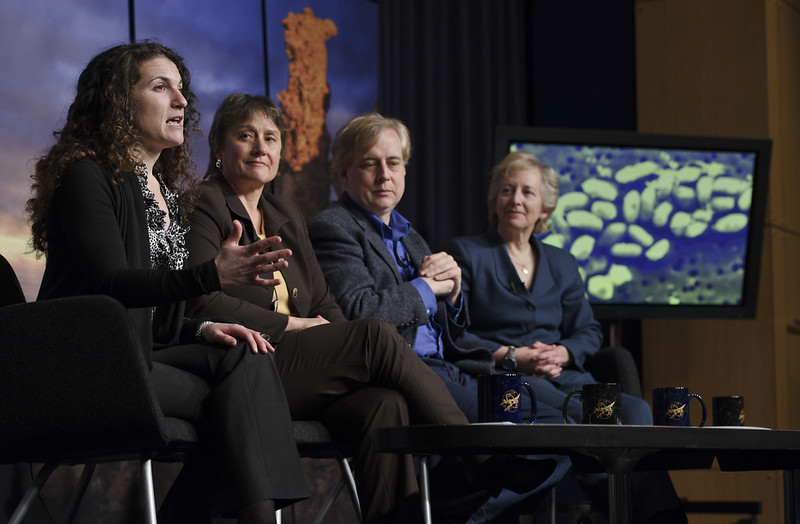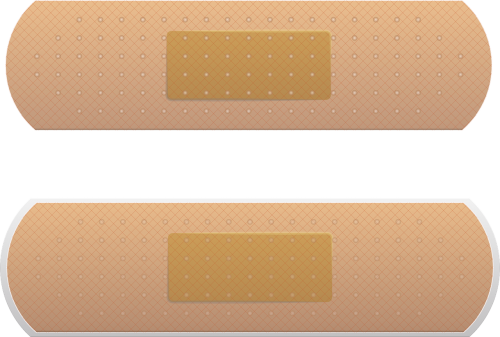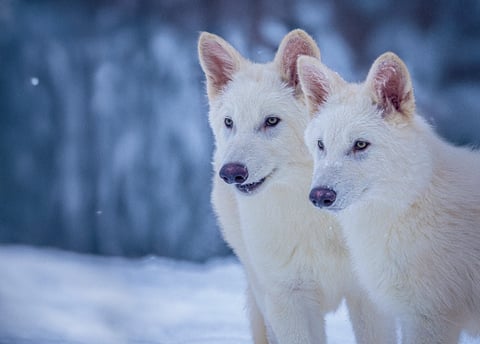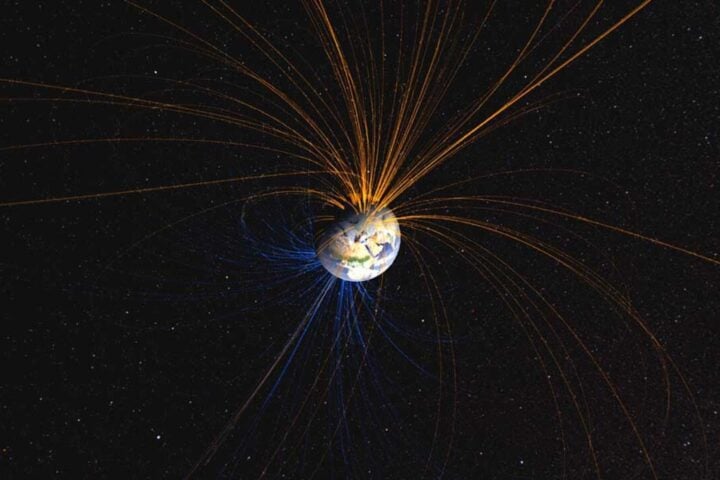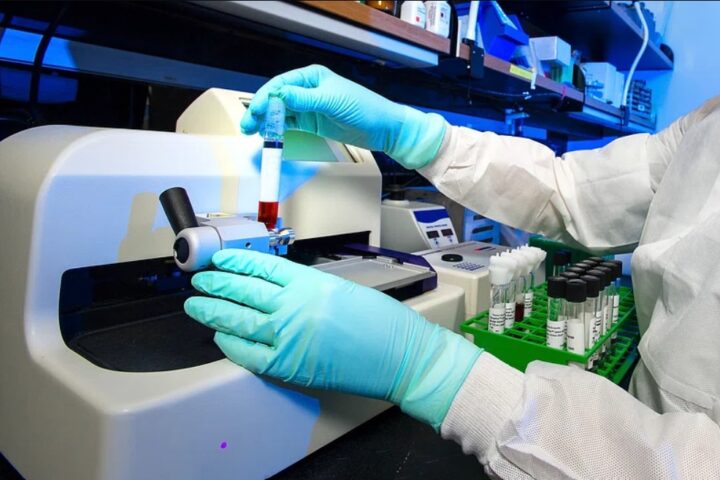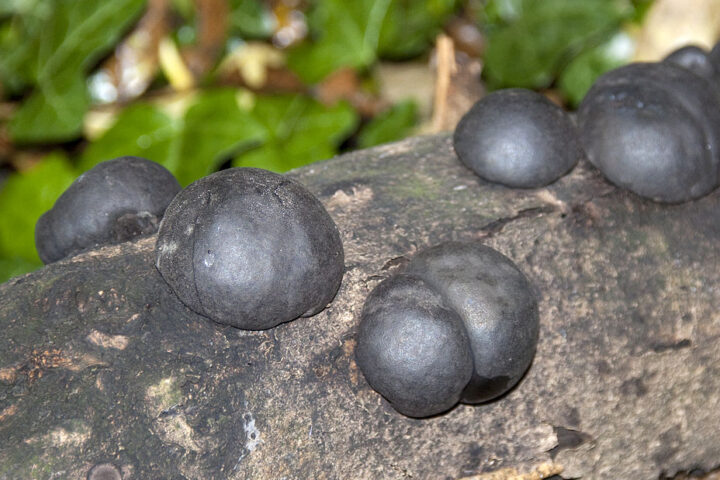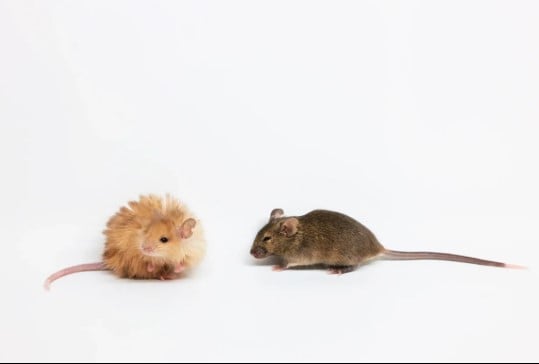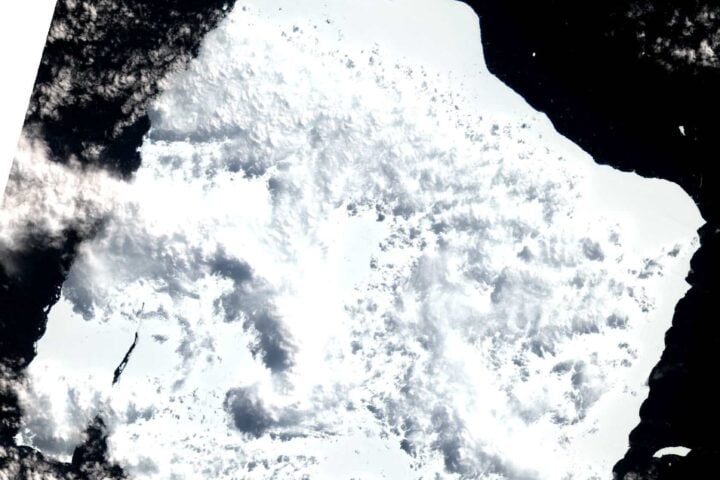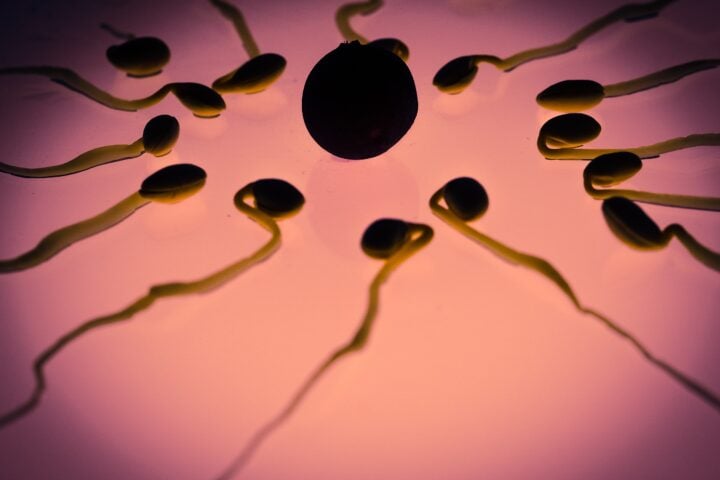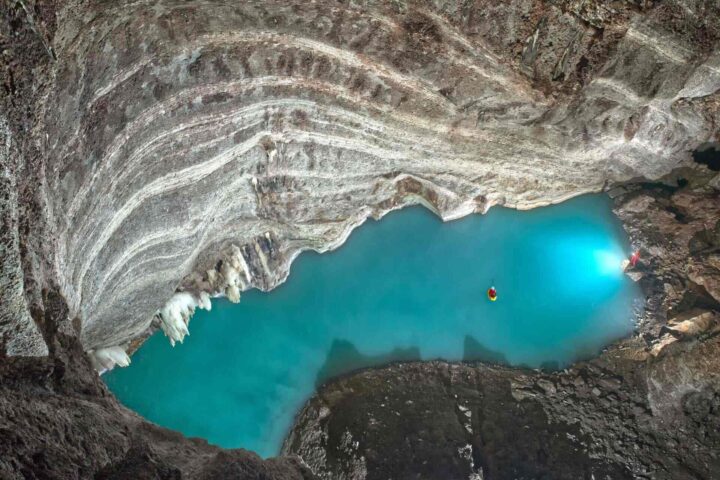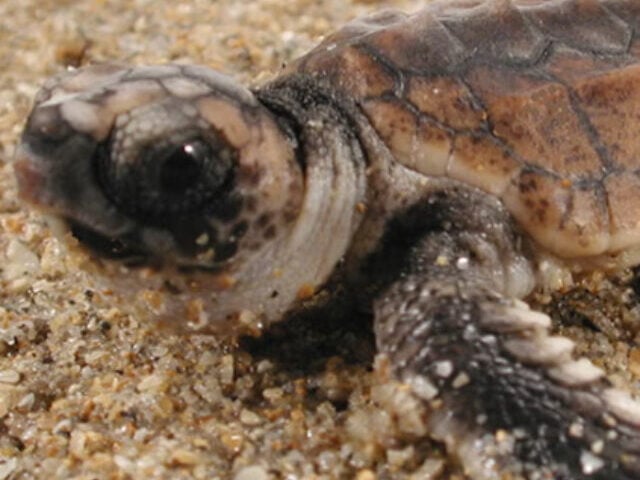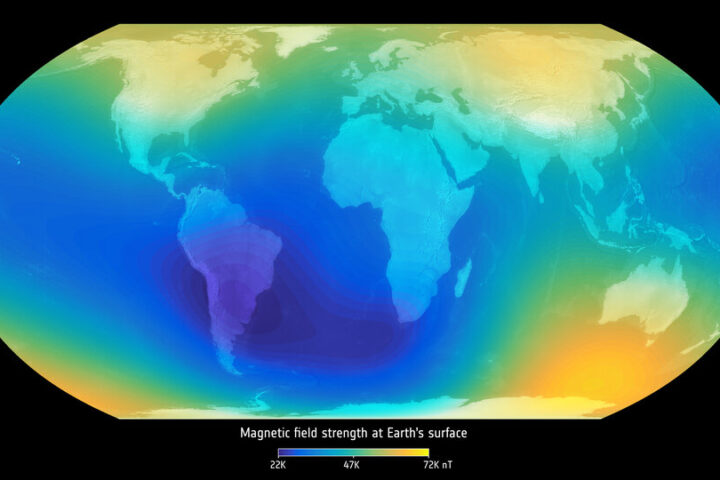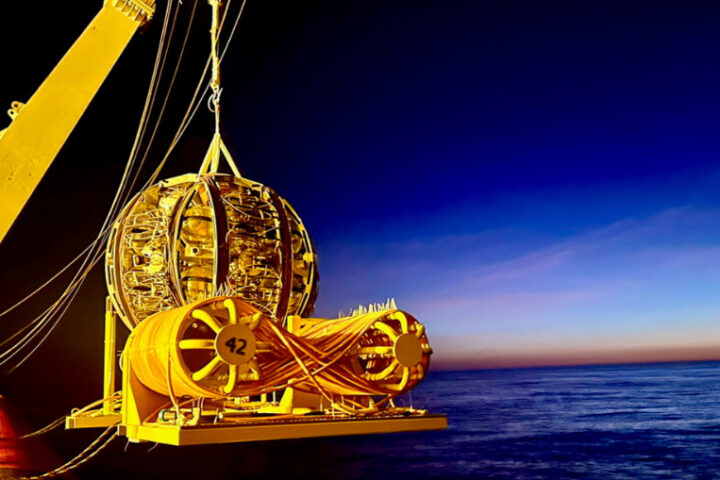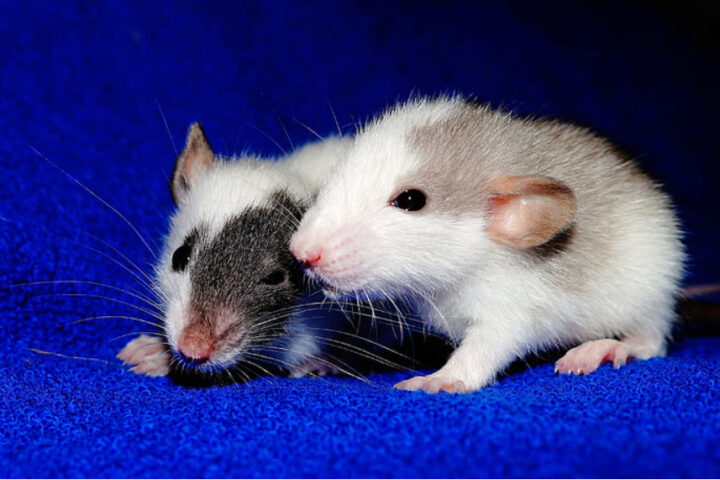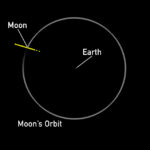In December 2010, NASA’s press conference sparked global attention when researcher Felisa Wolfe-Simon announced finding bacteria that could use arsenic instead of phosphorus – a claim that would rewrite biology textbooks. The bacterium, named GFAJ-1, came from California’s Mono Lake, where water is nearly three times saltier than the Pacific Ocean and has the pH level of glass cleaner.
“We’ve cracked open the door to what’s possible for life elsewhere in the universe,” Wolfe-Simon declared at NASA Headquarters. The announcement followed NASA’s teaser about “an astrobiology finding that will impact the search for evidence of extraterrestrial life.”
The research, published in Science, faced immediate technical challenges. Critics pointed to crucial flaws: excessive phosphorus contamination in samples and concerns about DNA stability in water. Dr. Rosemary Redfield and colleagues at the University of British Columbia later proved there was no detectable arsenic in the bacterium’s DNA, effectively dismantling the original claims.
What sets this case apart is how criticism unfolded. Instead of waiting months for peer-reviewed responses, scientists took to social media using #arseniclife. “We’ve never seen anything like it,” notes Gunver Lystbaek Vestergaard, who studied the controversy for her upcoming book “Our Living Universe.”
Science’s current editor-in-chief Holden Thorp acknowledges past oversights: “The original peer reviewers didn’t have the right expertise in biochemistry to evaluate the paper.” This admission comes as Science considers retracting the paper – a significant shift from 2012 when retractions typically required misconduct allegations.
The controversy’s impact extends beyond one paper. During the COVID-19 pandemic, scientists regularly shared preprint studies online for crowd-sourced peer review. While this led to some incorrect results making headlines, it also gave the public unprecedented access to emerging research.
Similar Posts:
Today, Wolfe-Simon has returned to research with NASA funding, investigating bacteria that create magnetic crystals inside their bodies. “Could this be something in plain sight?” she asks about these organisms’ potential to generate energy using Earth’s magnetic field.
The arsenic life episode cost more than $500,000 in research funding and involved over 50 scientists in subsequent studies. Its legacy continues to influence how major scientific journals handle groundbreaking claims. Science now requires additional expert review for papers challenging fundamental biological principles.
Steve Benner of the Foundation for Applied Molecular Evolution offers perspective: “Science published several papers arguing interpretations different from what Felisa made. The community now has the information needed to draw a conclusion.”
This case demonstrates how social media accelerated scientific debate from months to days. While this speed brings risks of premature judgment, it also helps catch errors faster and makes science more transparent. For research institutions and journals, the challenge remains: balancing rapid communication with thorough verification.
The controversy did more than challenge a scientific claim – it showed how digital platforms could transform centuries-old systems of scientific review. As one NASA scientist noted, “The formal communication lines in science lost control, and I don’t think they’ve properly regained that control.”
Looking ahead, major journals including Science have updated their review processes, requiring broader expert consultation for revolutionary claims. Meanwhile, platforms like Twitter (now X) and specialized science blogs continue shaping how research faces public scrutiny – for better or worse.
